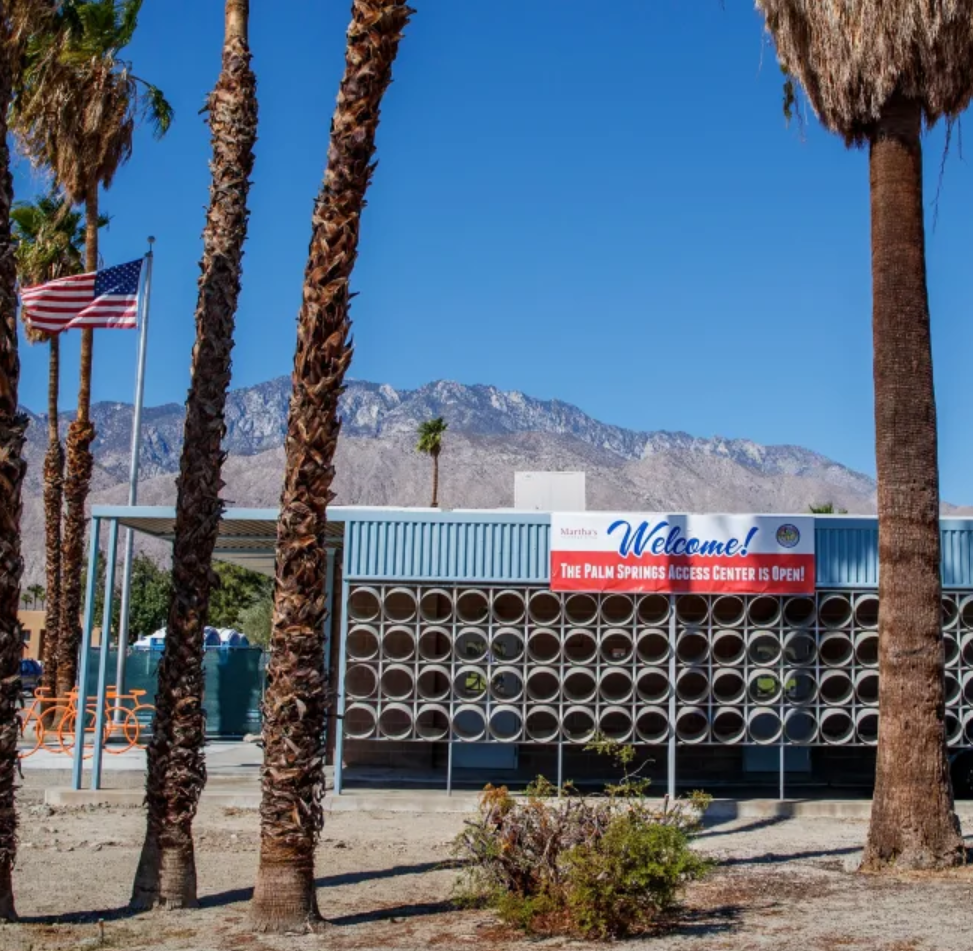The Coachella Valley is truly a land of extremes. With these extremes come challenges that have become increasingly difficult for officials at the national, state and local level – homelessness and housing.
California’s homeless population grew 6% this year to more than 181,000 people – by far the largest estimate of any state, accounting for nearly three in 10 unhoused people nationwide, according to new federal data.
The U.S. homeless population increased by 12% between 2022 and 2023 to more than 650,000 people – the highest total since the Department of Housing and Urban Development began collecting the data in 2007. The bump in the state and nationwide numbers followed rising housing costs across the country and the expiration of pandemic emergency programs, including expanded unemployment assistance, rental aid and eviction moratoriums.
According to the latest federal data more than half of all homeless people in the country are in four states. California, 28%; New York, 16%; Florida, 5%; Washington, 4%; and the rest of the country has 47% of the estimated population of homeless people.
In the Coachella Valley, the number of homeless people increased this year, according to the 2023 Riverside County homeless point-in-time data. In total, there were 982 homeless people counted in the Coachella Valley, up 3% from 949 in 2022.
Palm Springs continued to have by far the most unsheltered people in the valley at 239, up 8% from last year’s 222. The figure more than doubled in Desert Hot Springs, from 48 unsheltered people last year to 107 this year.
Additionally, results showed a 12% increase in the county’s total homeless population, with the number of people lacking shelter up 23% compared to last year’s results.
Between 2000 and 2021, California’s typical rent swelled 38% while renter income rose only 7%, according to researchers with the nonprofit California Housing Partnership.
Officials caution the “point-in-time” counts do not reflect a precise census, and advocates have raised concerns about the accuracy of the estimates. Still, the counts help cities and counties plan their homelessness response and determine how much state and federal funding local governments receive.
While California, the most populous U.S. state, counted the most homeless residents of any state, it was nowhere near the top in terms of the largest percentage increase this year. New Hampshire saw the biggest spike at 52%, followed by New Mexico at 50%, and New York and Colorado at 39%.
California also had the fourth-highest rate of homelessness, with 46 unhoused people for every 10,000 residents. The state trailed New York with 52, Oregon with 51 and Vermont with 48. The national figure was 22.
In California and the Coachella Valley, local officials are pushing to rapidly scale up shelter capacity. Others believe shelters only place a band-aid on the problem. Cities should instead focus on building more permanent supportive housing to help more people out of homelessness.
To create more shelter and housing for homeless people, California officials in 2020 launched a $3.75 billion program dubbed Homekey, which has so far funded the creation of more than 14,600 units statewide. That’s on top of billions in additional state and federal funding being funneled to local governments for homelessness services and programs.
Locally, the Coachella Valley Association of Governments has identified supporting the extension of state-funded solutions, including Project RoomKey and Project HomeKey, with an emphasis on ensuring those investments are used in the Coachella Valley, as part of its legislative priorities for 2024.
The state is also working to overhaul its mental health system, including asking voters in March 2024 to approve a $6.4 billion bond measure to add around 10,000 treatment beds. And California regulators have set an ambitious goal of requiring cities and counties to approve roughly 2.5 million new homes — about half of them affordable — over the next decade.
In Riverside, the number of permanent supportive housing beds in the county increased from 716 in 2018 to 927 in 2022. More than 300 permanent supportive housing units will be created during the next few years. Permanent supportive housing units that were recently awarded funds from California’s No Place Like Home program include Aloe Palm Canyon and Vista Sunrise II in Palm Springs and Villa Verde I in Coachella.
In Palm Springs, a navigation center supported by the city and county is planned for a 3.64-acre site at 3589 McCarthy Road. The center will provide temporary housing and other resources to homeless residents, to move people into stable housing. It will include 80 temporary housing units, plus spaces where clients will receive a variety of services, such as mental and physical health care, and help with securing a job and long-term housing.
But it’s clear those efforts have not and will not be enough. Experts say it will take a pipeline of new and affordable housing coming online over the next decade to even begin to gain ground. Until then, treating the symptoms continues and permanent solutions remain elusive.




